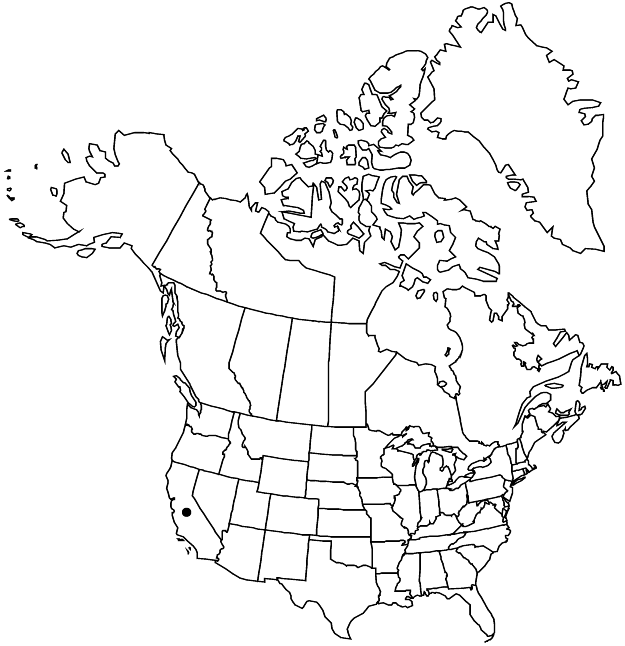Difference between revisions of "Minuartia stolonifera"
Brittonia 43: 17, fig. 1. 1991.
FNA>Volume Importer |
FNA>Volume Importer |
||
| Line 25: | Line 25: | ||
|distribution=Calif. | |distribution=Calif. | ||
|discussion=<p>Of conservation concern.</p><!-- | |discussion=<p>Of conservation concern.</p><!-- | ||
| − | --><p>Minuartia stolonifera, like M. decumbens and M. rosei, is restricted to serpentine soils of northwestern California, specifically to Scott Mountain in Siskiyou County. The three species are most closely related to the polymorphic M. nuttallii.</p> | + | --><p><i>Minuartia stolonifera</i>, like <i>M. decumbens</i> and <i>M. rosei</i>, is restricted to serpentine soils of northwestern California, specifically to Scott Mountain in Siskiyou County. The three species are most closely related to the polymorphic <i>M. nuttallii</i>.</p> |
|tables= | |tables= | ||
|references= | |references= | ||
| Line 49: | Line 49: | ||
|publication year=1991 | |publication year=1991 | ||
|special status= | |special status= | ||
| − | |source xml=https://jpend@bitbucket.org/aafc-mbb/fna-data-curation.git/src/ | + | |source xml=https://jpend@bitbucket.org/aafc-mbb/fna-data-curation.git/src/8f726806613d60c220dc4493de13607dd3150896/coarse_grained_fna_xml/V5/V5_275.xml |
|subfamily=Caryophyllaceae subfam. Alsinoideae | |subfamily=Caryophyllaceae subfam. Alsinoideae | ||
|genus=Minuartia | |genus=Minuartia | ||
Revision as of 17:38, 18 September 2019
Plants perennial, mat-forming. Taproots moderately stout, woody. Stems ± erect, gray-green, 10–20 cm, glabrous or often stipitate-glandular, especially distally, internodes of stems 1–6 times as long as leaves (proximal leaves often shorter than internodes), 2–3 stolons radiating from crown, 6–20 cm. Leaves overlapping, loosely proximally, evenly spaced, connate proximally, with tight, scarious sheath 0.3–0.8 mm; blade ± straight to outwardly curved, gray-green, shallowly concave, 3-veined, often prominently so abaxially, needlelike, 5–11 × 0.5–0.9 mm, rigid, margins not thickened, scarious in proximal 1/2, stipitate-glandular, apex green to purple, acute to obtuse, navicular, dull, stipitate-glandular throughout; axillary leaves weakly developed among proximal cauline leaves. Inflorescences 7–25-flowered, open cymes; bracts lanceolate to subulate, herbaceous, margins scarious. Pedicels 0.3–1.5 cm, often stipitate-glandular. Flowers: hypanthium disc-shaped; sepals 1–3-veined (weakly in flower), ovate to lanceolate, (herbaceous portion narrowly lanceolate to linear-oblong), 3.5–4.8 mm, not enlarging in fruit, apex green to purple, narrowly acute to acuminate, not hooded, stipitate-glandular; petals broadly oblanceolate, 1.6–1.8 times as long as sepals, apex rounded, entire. Capsules sessile, ovoid, 3.5–5 mm, equaling sepals. Seeds reddish brown to brown, oblong-elliptic, 2–2.4 mm, tuberculate.
Phenology: Flowering spring–summer.
Habitat: Jeffrey pine woodlands, serpentine soils
Elevation: 1200-1400 m
Discussion
Of conservation concern.
Minuartia stolonifera, like M. decumbens and M. rosei, is restricted to serpentine soils of northwestern California, specifically to Scott Mountain in Siskiyou County. The three species are most closely related to the polymorphic M. nuttallii.
Selected References
None.
